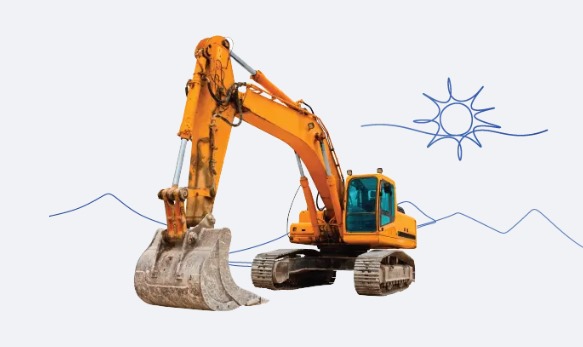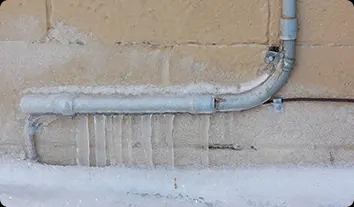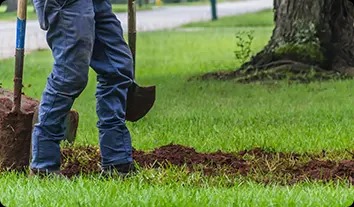

Service lines bring water and power to homes, and they can take sewage away. Service line insurance is an optional coverage that helps pay for repairs and replacement.
Most Americans don’t know that homeowners are responsible for service lines on their property. This optional coverage can help you be prepared.

This event can shift the ground,
causing sewer lines to “heave” upwards and possibly
become damaged.
Sewer line insurance can cover repairs f
or these types of extreme weather conditions.

Over time, iron and steel-based sewer lines can oxidize and corrode.
Small holes develop and fluid can leak out, further damaging the pipe.
The standard service line policy may cover these cases.

Active leaks in sewer lines may attract nearby tree roots. Outgrowths can infiltrate tiny crevices in pipes, then crack them as they grow and expand.
The standard service line policy may help with sealing these entry points.
When buying a home, most inspections focus on the visible aspects of the property, but what about the parts you can’t see? Beneath your feet, essential lines bring water, electricity, and gas to your home, making it livable. These underground service lines are critical, but damage to them is often overlooked – until it’s too late. That’s where Service Line Coverage comes into play.
Service lines refer to the pipes and cables that transport water, electricity, gas, and even telecommunications to your home. While most people assume these are covered under their standard homeowner’s insurance, they usually aren’t. This optional coverage helps pay for the costly repairs and replacements when something goes wrong underground.
Service lines are prone to hidden problems, including:
– Wear and Tear: Over time, pipes and cables naturally deteriorate due to age, weather conditions, and corrosion.
– Tree Root Invasion: Roots can infiltrate your sewer lines, causing significant damage.
– Freezing and Pressure: Harsh winters can cause pipes to freeze or burst due to pressure changes in the soil.
The cost to repair or replace a service line can range from $4,000 to $7,500 for issues like sewer line damage, depending on factors like depth, length, and complexity of the repair. Without coverage, homeowners are left to shoulder the financial burden.
Though a home inspection won’t assess the condition of underground service lines, it can identify red flags, like tree roots close to your foundation or signs of soil movement, that might indicate future risks. This helps you make informed decisions about adding service line coverage to your homeowner’s policy.
by protecting you from unexpected, costly repairs. It’s a relatively small investment that can prevent significant financial strain down the road. Contact your insurance provider to explore bundling service line coverage with your existing homeowner’s insurance.